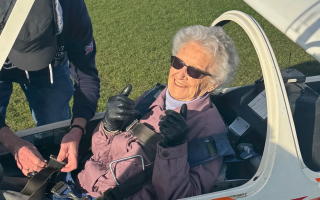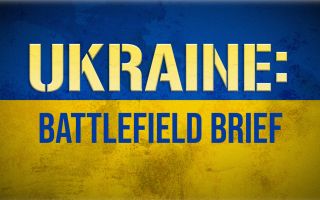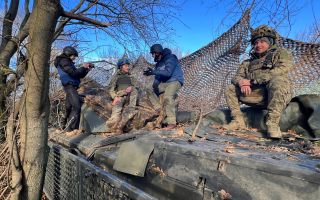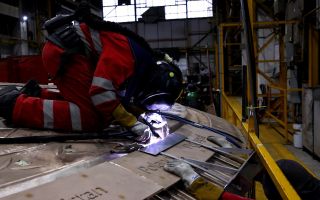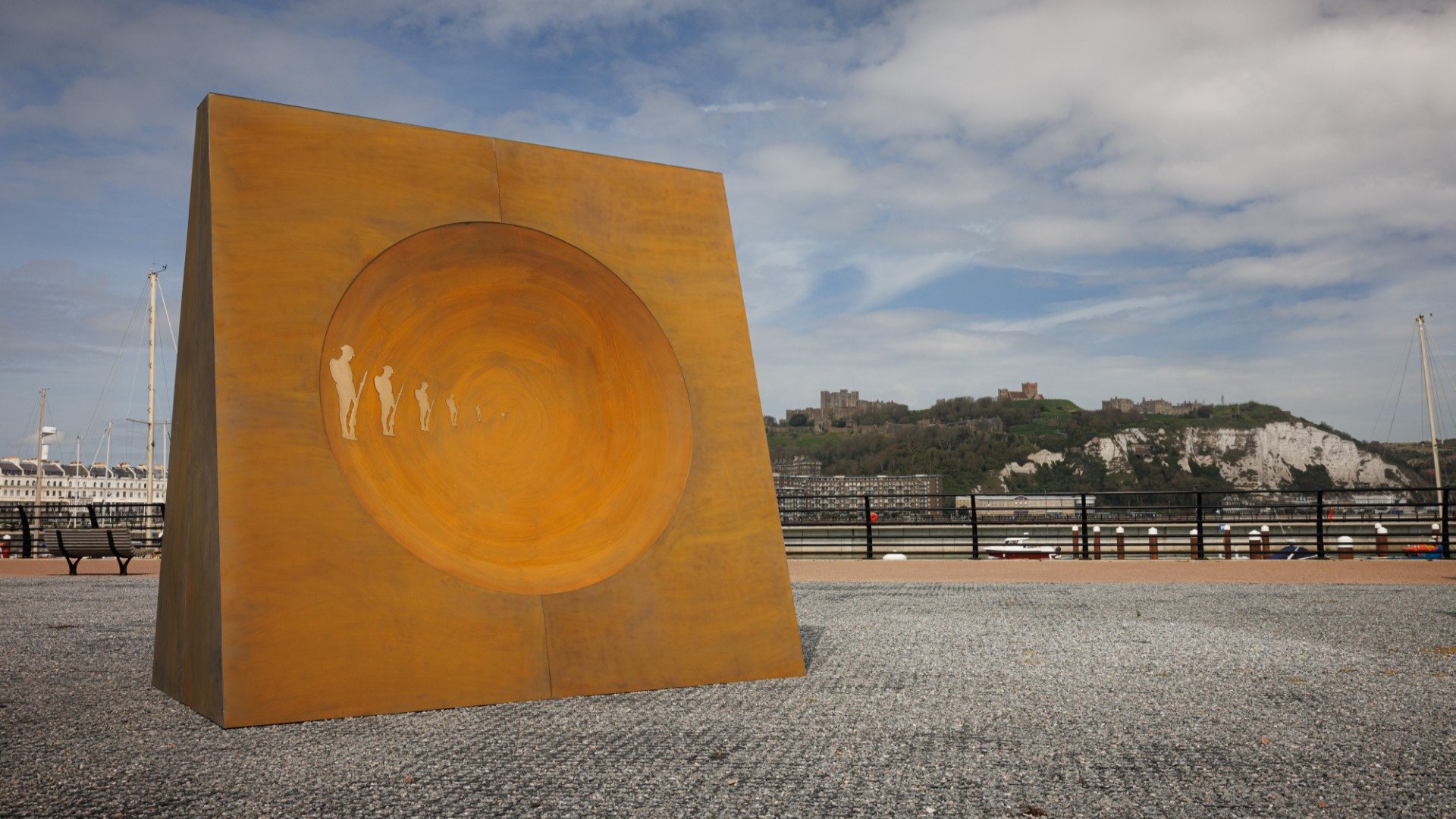
RBLI unveils powerful tribute to two significant milestones in nation's history

A poignant new art installation, built to replicate the former technology that was crucial to our aerial security, has been unveiled to commemorate the 90th anniversary of the invention of radar and mark 80 years since Victory in Europe Day.
The striking 3m x 3m sound mirror sculpture, created by artist Martin Barraud and commissioned by Royal British Legion Industries (RBLI), has been unveiled to pay tribute to wartime innovation and is free to view and open to the public.
Set against the backdrop of the iconic White Cliffs of Dover, the Echoes sculpture is inspired by the sound mirrors that once lined England's south coast and pays homage to the crucial technological advancements that paved the way for radar.
A brief history of sound mirrors
Invented by Major William Sansome Tucker, concrete sound mirrors were a significant advancement, allowing RAF personnel to detect incoming aircraft and locate them much earlier.
They were a vital part of Britain's national defence strategy.
However, by the start of the Second World War, military aviation had transformed dramatically.
In just 20 years, combat aircraft had evolved from slow, fabric-covered biplanes to fast, metal planes with powerful engines.
While First World War aircraft had about 250 horsepower and flew at top speeds of 120 mph, by 1939, the newest models had engines with 1,000 horsepower and could exceed speeds of 350 mph.
Sound mirror development continued until the mid-1930s when radar made them obsolete.
How the statue will help the military community
Proceeds from RBLI donations and VE Day Tommy sales will support housing and care in the charity's Aylesford village, including 100 new homes for 100 veterans being built there.
RBLI is a national veterans charity established in 1919, providing employment, housing and care to the British Armed Forces community and beyond, including those with disabilities or long-term unemployment.
Speaking at the unveiling of the sculpture, Lisa Farmer, chief executive of RBLI, said: "Our enduring mission to support and care for those affected by, not just the Second World War, but by all conflict continues to this day.
"That we are still fortunate enough to have some veterans of that awful conflict still with us today is incredible and cause for celebration.
"Through Echoes, we hope that, as people commemorate this important year, they will also reflect on the vital role RBLI plays in providing housing for veterans of all ages at our village in Aylesford, Kent."
Former Chief of the General Staff Lord Dannatt, a patron of RBLI, said: "VE Day 80 is a moment to reflect on the immense contribution of all who served, those who fought on land, at sea and in the air and those on the home front who worked tirelessly, these countless individuals gave their all in the face of great adversity.
"Their legacy is one of duty, resilience and sacrifice – and through the work of RBLI and Echoes it is one we must continue to honour and uphold."
Martin Barraud, the artist behind the striking monolithic sculpture, spoke about the meaning behind the sculpture, saying: "I wanted to create a piece that celebrated this period of great British ingenuity and scientific advancement, while at the same time honouring those that gave so much in the contribution to victory in Europe."




